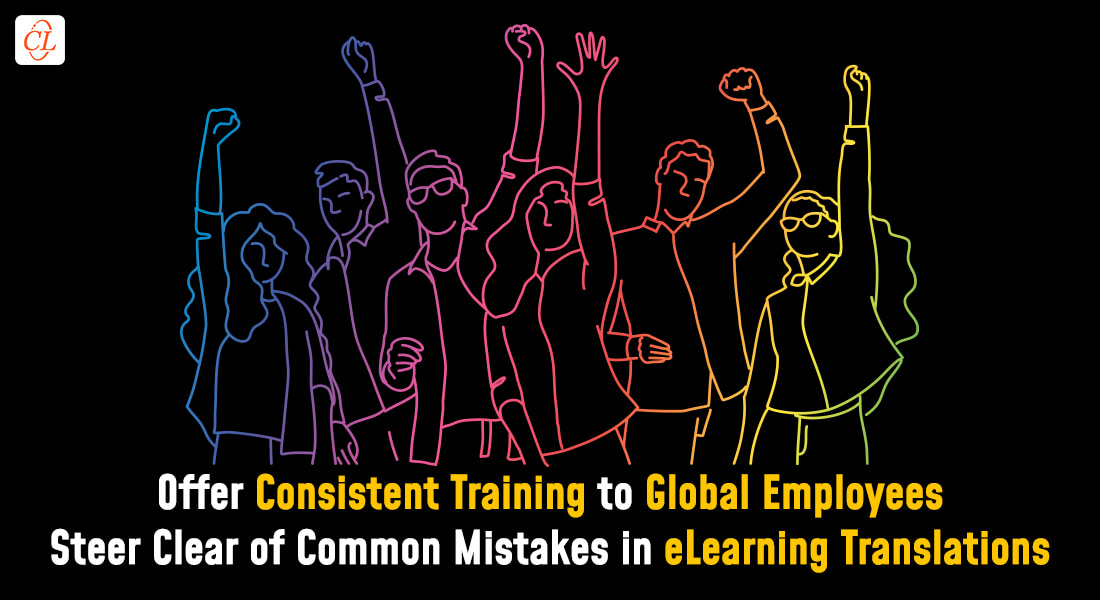ERP End-user Training: How to Develop a Curriculum

Developing an ERP end-user training curriculum is never an easy task. It involves great planning and perfect execution. Even then, the project might face failure. So, what can be a good strategy for the effective development of an ERP end-user training curriculum? I think I’ve answer for this. SAM (Successive Approximation Model), an agile iterative process is best suited for working with multiple teams. It is 3 phase iterative model that helps you develop a quick and effective ERP end-user training curriculum. Let us see what each stage involves.
1. Analysis Phase
The Analysis phase will start by studying the training material used by the vendor to train the trainers, along with customized user manuals. Essentials of the old and current software and the core processes followed by the organization will help deepen understanding. Also, the necessary hours of hands-on practice will be determined.
By the end of the analysis phase, you must have clear, documented answers to the following questions:
- Who are the learners, what are their roles, and their job characteristics?
- What is their level of involvement with the system?
- Does their work involve considerable usage of the system?
- What are the desired performance outcomes?
- What are the learning constraints?
- What are the pedagogical considerations?
- Which adult learning theory considerations are applicable?
- What is the timeline for project completion?
- What are the desired training formats?
2. Design Phase
In this phase, you must write performance-based learning objectives and finalize an instructional design plan. You must also decide on the content outline and decide whether you need a single course or individual modules; develop the necessary content based on the content outline. You must then develop assessments aligning them with the learning objectives. After aligning the objectives, you must determine the look-and-feel of the course and create decide and develop standard elements. Finally, you must come up with a course design document that incorporates the recommendations of the learning management team and the instructional, visual, and audio elements that are to be included in the course curriculum.
3. Development Phase
In the development phase, the courseware must be developed as per the course design document. The specifications provided in the course design document are implemented by incorporating all the content and visuals into a storyboard. Then you select any of the rapid authoring tools available such as Articulate Storyline, Lectora Inspire, or Adobe Captivate. These tools help you accelerate the course development process considerably and give a definite shape to your e-learning course – thanks to their amazing in-built interactivities and templates. The main tasks during this phase are developing a prototype, developing a draft course, and scaling it up.
This is how the 3 phase Successive Approximation Model works for developing a quick ERP end-user training curriculum. As it is an iterative process, mistakes can be rectified right at in the bud, helping you eliminate the risk of these mistakes becoming irreversible or unaffordable in the latter stages. Here is a blog that shares 5 Tips to Use SAM for Successful E-learning Development.



![5 Mistakes to Avoid in Rapid eLearning Design and Development [Infographic]](https://blog.commlabindia.com/hubfs/blogs/rapid-elearning-mistakes-avoid-infographic.jpg)

